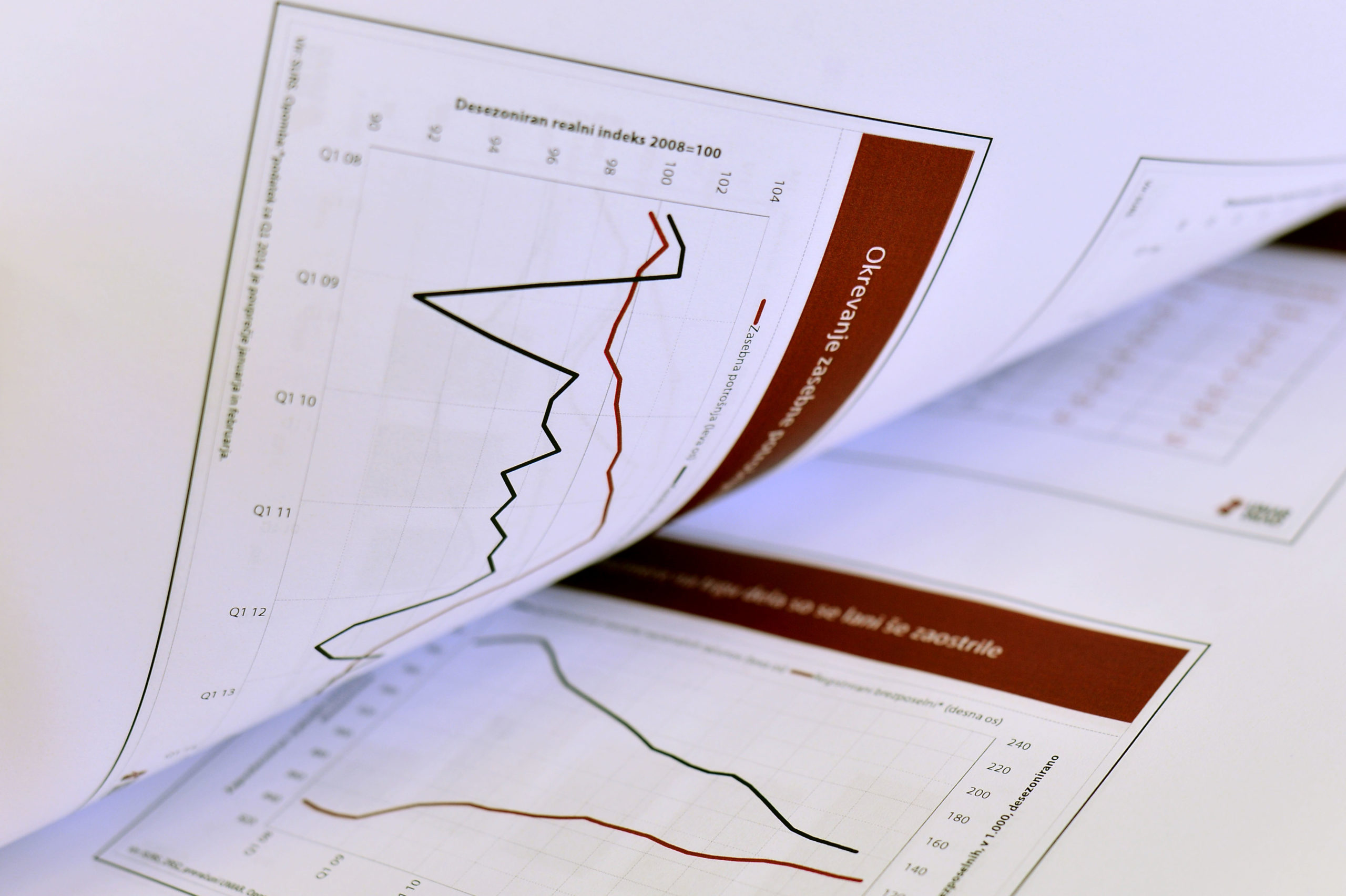Original article (in Slovenian) was published on 3/6/2025; Author: Meta Gantar
Eurostat’s provisional data for May show Slovenia had the lowest GDP growth among 21 of the 27 EU member states as of 15 May. Final GDP figures for the entire EU are expected on 6 June.
Andrej Kosi, an MP for the opposition Democratic Party (SDS), claimed during a parliamentary session on 19 May that Slovenia had “the worst GDP growth among countries of the European area.” The official session transcript does not clarify whether he was referring to the euro area – the 20 EU countries using the euro – or to all 27 EU member states.
The claim about Slovenia having the lowest GDP growth in the euro area had been reported four days earlier by the news portal of public broadcaster RTV Slovenija, which cited Eurostat figures. In the second-to-last week of May, the same data was picked up by other Slovenian media outlets and some opposition politicians.
On 30 April, Eurostat released a preliminary flash estimate of first-quarter GDP growth for 11 of the 20 euro area countries. Slovenia was not included. Among those listed, Estonia, France, the Netherlands, and Finland posted the weakest growth of 0.1% each compared to the previous quarter. All euro area countries are EU member states.
Eurostat explains on its website that flash estimates are released within 30 days of the end of a quarter, and final data within 45 days. The flash estimates rely on data voluntarily submitted by national statistical offices to provide an early snapshot of GDP trends. These figures are subject to revision, especially in the event of major economic shifts such as financial crises.
A revised flash estimate for 15 of the 20 countries in the euro area, including Slovenia, was published on 15 May. Slovenia’s GDP contracted by 0.8% in the first quarter of 2024 compared to the last quarter of 2023, the weakest result based on the data available at the time, whereby five countries had yet to submit their figures to Eurostat.
As of 30 April, 14 of the 27 EU member states had submitted data for the first flash estimate. Slovenia was not among them. Hungary recorded the worst performance, with a 0.2% drop in GDP compared to the previous quarter. Slovenia submitted its data in time for the May update, which, with six countries still not reporting, ranked it at the bottom of the GDP growth rankings for the first quarter.
Eurostat releases final quarterly GDP data 65 days after the end of a quarter, and updates its database 110 days after a quarter ends. According to its May press release, final figures for this year’s first quarter will be published on 6 June, with updated data entering the database on 21 June.
We have informed Andrej Kosi of our findings and will publish his response once we receive it.
The story will be updated once GDP data for the remaining European countries becomes available.
Update, June 9, 2025:
On Friday, June 6, Eurostat published the final GDP growth data for the 27 EU member states, 20 of which are part of the eurozone. Among both eurozone and EU member states, Luxembourg recorded the sharpest GDP decline in the first quarter of this year compared to the previous quarter, with a drop of 1%. Within the eurozone, GDP also fell in Slovenia by 0.8%, and in Portugal and Denmark by 0.5%.
Kosi’s statement, based on newly released data, is inaccurate. However, we will not revise the estimate we provided earlier, when the data was still preliminary.



